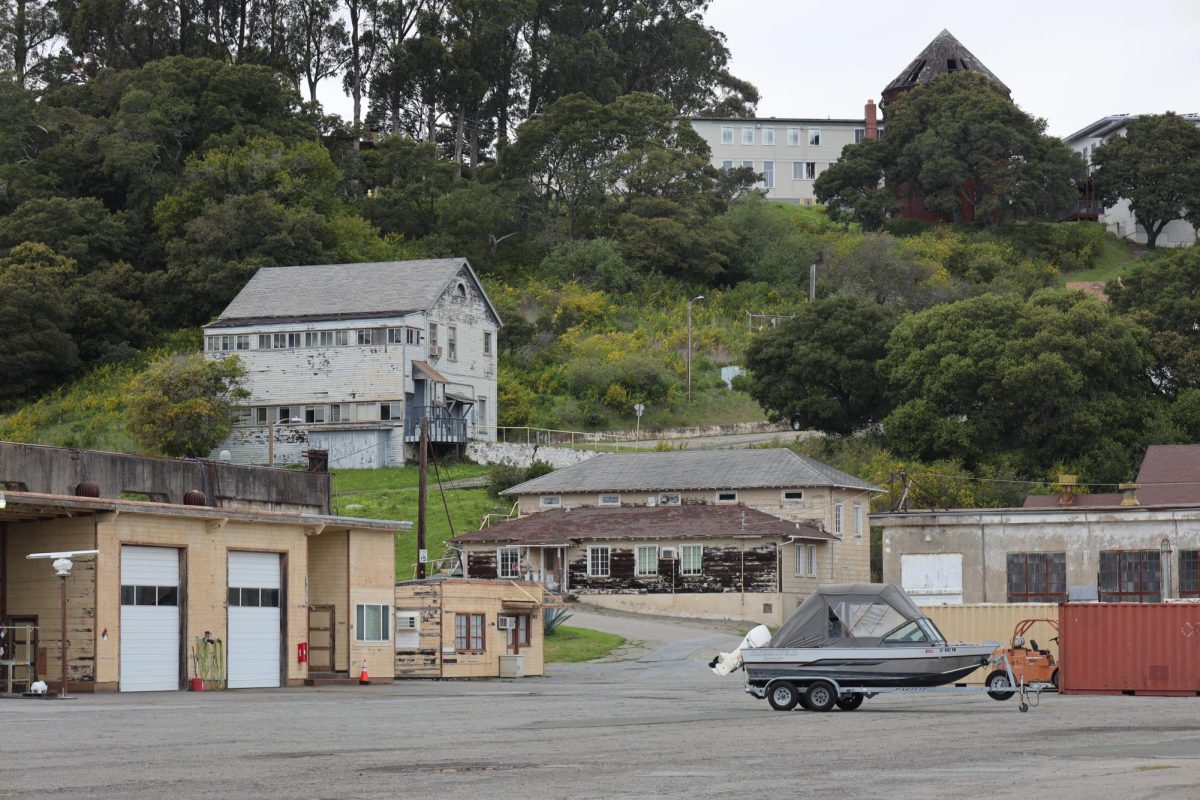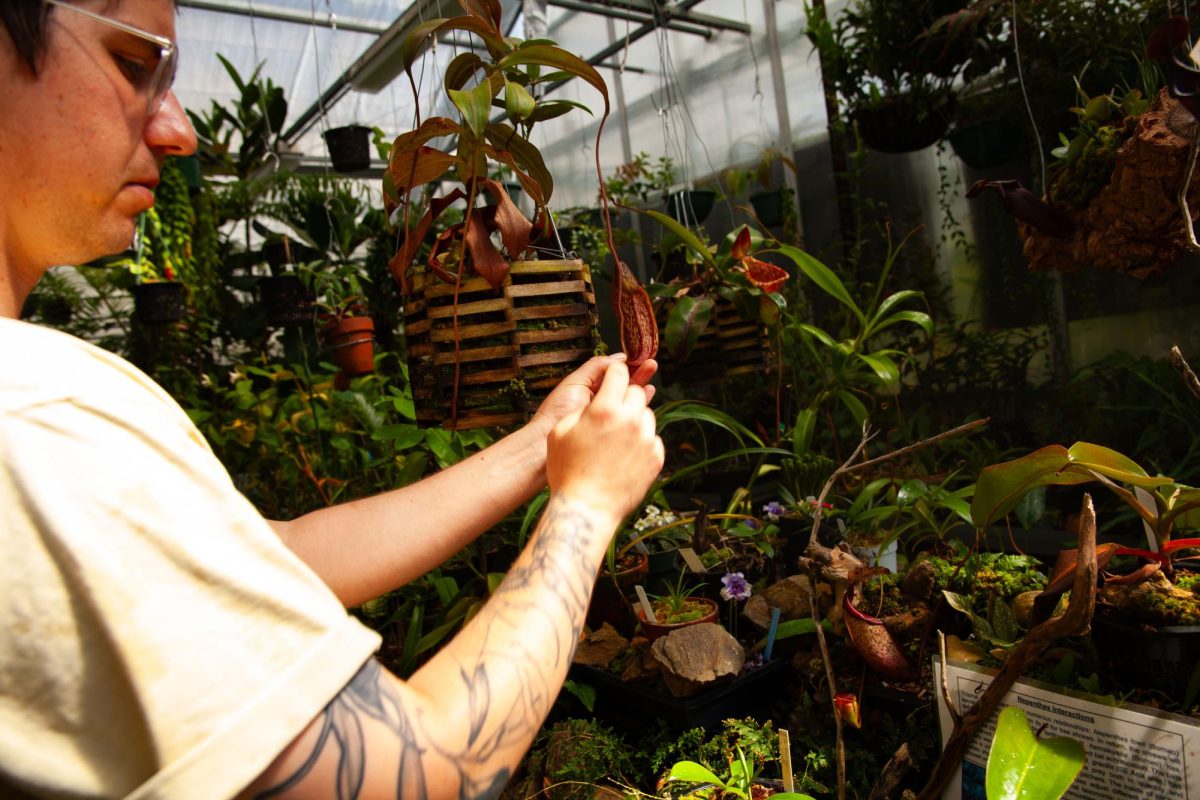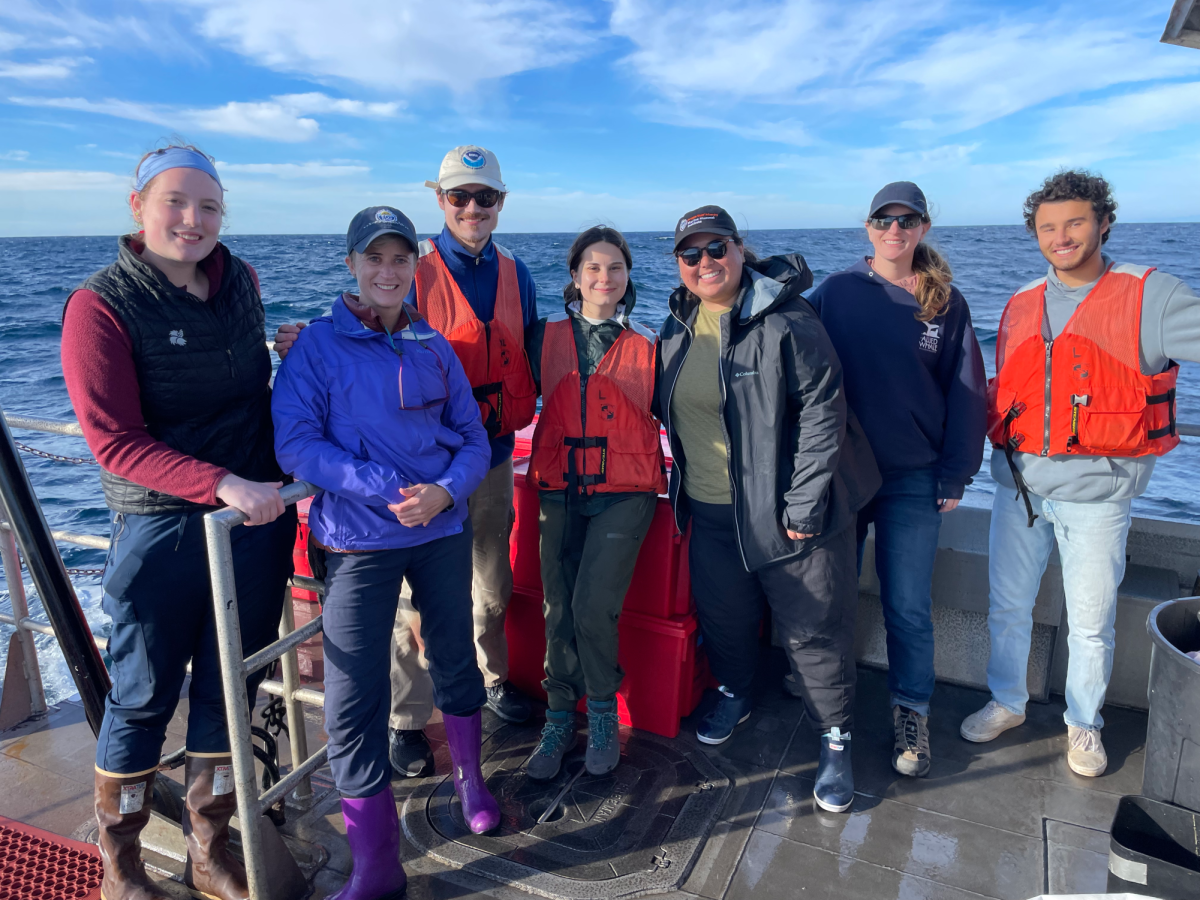
Words: Emily Gadd
Photos: Jamie Valaoro
The smell of freshly bound books filling the air of a bookstore; the yellowed pages of old books in a library; the sound of fingers rubbing against two pages to separate them; the quick flipping between pages to get to a certain spot in the book. These are things that could all be gone someday — if the current eReader trend continues.
The trend shows no sign of slowing down. With the recent release of the iPad mini, more people are sure to begin using eReaders and tablets instead of books. According to the The Harris Poll, 13 percent of Americans say they will most likely purchase an eReader in the next six months. That leaves a significant chunk of people who aren’t but it’s a still a huge increase from years past. 10 percent were unsure if they would purchase one or not.
The most recent federal statistics show that 1,000 bookstores closed between 2000-2007 leaving only 10,600 open. Although it is difficult to credit eReaders with these changes, it is undeniable that both markets are changing; negatively for bookstores, and positively for eReaders.
Electronic books and electronic readers have a longer history than many might imagine. Michael Hart is the creator of the eBook and Project Gutenberg, the movement to put more free-use text on the Internet. Hart wanted to make books more accessible. He began the effort in 1971 when he typed up the Declaration of Independence and posted it online. Hart expanded the project by typing in other bodies of text like the Bible. By the eighties Hart’s online public library contained thousands of titles. Project Gutenberg still exists today, allowing readers to download thousands of eBooks for free on their computers or eReaders.
There have been several models of eReaders, but one of the first well-known devices was released in 1998 by Nuvo Media (now owned by Gemstar) called “The Rocket.” It didn’t really catch on as later models would. The release of Amazon’s Kindle device about a decade later would make eReaders much more visible to consumers.
The first generation Kindle launched in November of 2007 at a retail value of $399. It was only available in the United States through Amazon.com and sold out in five and a half hours, although it is unknown how many of the devices were made available to customers the Kindle remained out of stock until April 2008.
 Barnes and Noble released the first generation Nook in November 2009 and it came equipped with a few qualities that the Kindle device didn’t have. While both devices had 3G capabilities, Nook was the first to give its users Wi-Fi access and had memory extension abilities. By comparison, the Kindle was lighter, possessed four more days of battery life and had a text-to-speech feature. A 2011 survey by pewresearch.org asked American adults if they had read an e-book in the past year, or purchased an eReader. It found that 17 percent of American adults had read an eBook in the past year and 10 percent owned an eReader. After Christmas time the survey was given out again and eReader ownership jumped from 10 percent to 19 percent, and 21 percent of adults had read an e-book compared to the 17 percent just a few months before.
Barnes and Noble released the first generation Nook in November 2009 and it came equipped with a few qualities that the Kindle device didn’t have. While both devices had 3G capabilities, Nook was the first to give its users Wi-Fi access and had memory extension abilities. By comparison, the Kindle was lighter, possessed four more days of battery life and had a text-to-speech feature. A 2011 survey by pewresearch.org asked American adults if they had read an e-book in the past year, or purchased an eReader. It found that 17 percent of American adults had read an eBook in the past year and 10 percent owned an eReader. After Christmas time the survey was given out again and eReader ownership jumped from 10 percent to 19 percent, and 21 percent of adults had read an e-book compared to the 17 percent just a few months before.
Does this mean that smooth computer screens and shiny buttons will replace old-fashioned books? Barnes and Noble Digital Sales Lead and San Francisco State University alum Daniel DeFord doesn’t think so.
“Readers who own a tablet or a reading device of any brand, about 76 percent of them still buy real books. That’s huge,” says DeFord.
What could explain why people still choose to buy hard copies of text? DeFord says, it’s simply a case of nostalgia.
“Despite the fact that they have a better device, they’re going out and making a hugely unwise economic choice to buy something. Why? For sentimental value… We sell products that have a sentimental value to our customers and they will buy them even when it’s a bad idea to do so.”
DeFord is in charge of helping customers of San Bruno’s Barnes and Noble with any Nook questions, in a similar fashion to Apple’s Genius bar. Deford believes that Barnes and Noble’s possession of actual stores and flesh and blood people to sell you their eReader is what gives them an edge on Amazon.
“That’s one of the most amazing things in marketing, right? Actually selling something that is in no way different, but you’re buying the brand,” DeFord says. “That’s exactly how Barnes and Noble can survive and thrive because you see that brand value just going into the store. You want to have a store to go to, so that funds the brand.”
Trisha Paule, a senior at SF State, is a Kindle user but still relies on traditional books, especially for school. “I use [Kindle] mostly when I read for pleasure, [I] hardly ever [use it] academically, so [I use it] anywhere between eight to twelve hours a week.” Paule explained. “I chose it because I assumed it would have a wider selection of books than the Nook.”
SF State creative writing major Cheyanne Cooper noticed when she started taking upper division classes she felt like she was getting buried under books. She wanted an eReader to help her carry around all of her books for school, and decided to purchase the Nook for what she describes as simple reasons.
“When you compare the two, they’re nearly identical in function,” Cooper says. “I chose the Nook because I wanted to support a bookstore and because I liked the look and the ability to add a micro SD [secure digital] card to give me more storage space.”
Both devices give readers the ability to consolidate their libraries into small devices and save them the hassle of going to the bookstore every time they want a new book.
“I have a huge library at my disposal,” Cooper adds. “All I have to do is click ‘buy’ instead of trekking to the store.”
Cooper sees what DeFord emphasizes is the Nook’s greatest function: the ability to keep Barnes and Noble stores open.
“I call it the ‘book amusement park,’ you know, where that’s what’s making it run is the concessions,” Deford insists. “It’s the food you buy in the amusement park that keeps it open. Likewise, it’s the Nook product that you buy that keeps Barnes and Noble open. But that’s not the only thing you get at an amusement park. You get rides, you get fun, you get memories. That’s what Barnes and Noble is! It’s a book amusement park held up by Nook.”
Although eReaders are a more convenient way to buy and store books, some readers will never be able to give up actual books.
“Yeah, it may be more convenient if you’re going on vacation and want to pack like 18 books,” SF State sophomore Audrey Marra says. “But what’s wrong with old fashioned books? I love the way they smell and sound when I buy a new one. It’s something I can basically keep forever and give to my kids.”
Marra is obstinate in her commitment to literature that you can hold in your hand. She is also wary of books becoming digital and experiencing the problems that come with technology, like shorting out when getting wet or contracting viruses. “A real book will never be lost in cyberspace.”




![Hashem Mishal using an angle grinder to cut a drill bit, in the SAE team’s garage at SF State on Tuesday, Nov. 12, 2024. “We don't get anything from the school other than this workshop,” Mishal said. “Our advisor, he runs the shop, and he also works with us to try and get as [many] opportunities as possible. So it was really nice, in helping us get this space, but all the tools are just some of the guys’ or third parties’. I don't know where these tools came from, but a lot of it was sponsors, donations from alumni. Right now, all the hardware we’ve been paying out of pocket for the time being.” (Jonah Chambliss / Xpress Magazine)](https://xpressmagazine.org/wp-content/uploads/2024/12/Chambliss_F1_001_LEDEPHOTO-1200x800.jpg)



Benny Patenaude • Jun 17, 2016 at 8:55 pm
My business partners were looking for a form a few days ago and found a website with a searchable forms database . If others need it too , here’s
http://goo.gl/Ozx5BpMarty Hartgraves • Jul 7, 2013 at 4:26 pm
You really make it appear so easy along with your presentation however I in finding this matter to be actually one thing which I feel I would never understand. It sort of feels too complex and very extensive for me. I’m looking ahead on your next put up, I¡¦ll try to get the grasp of it!